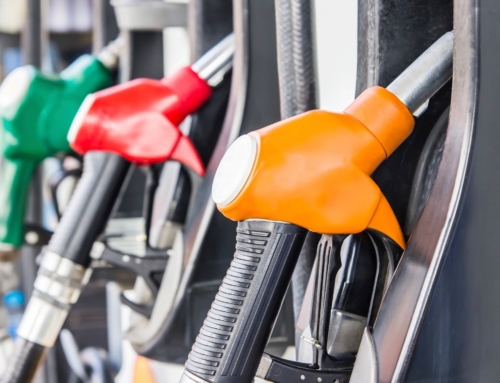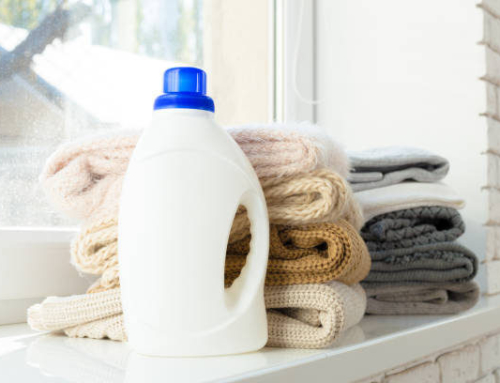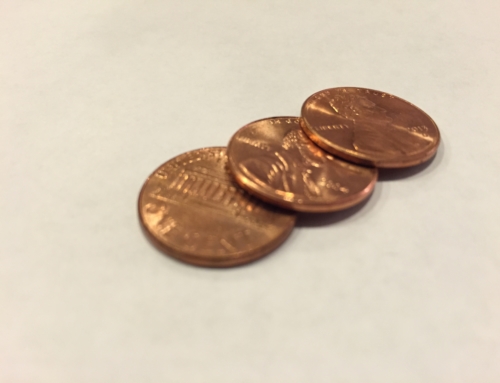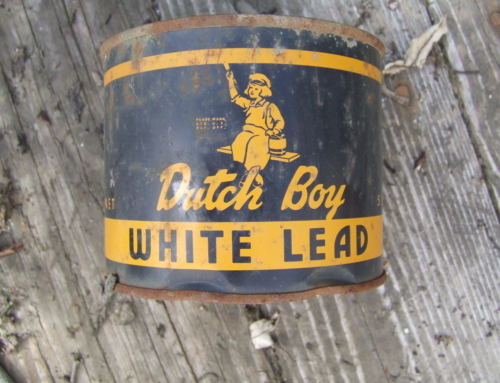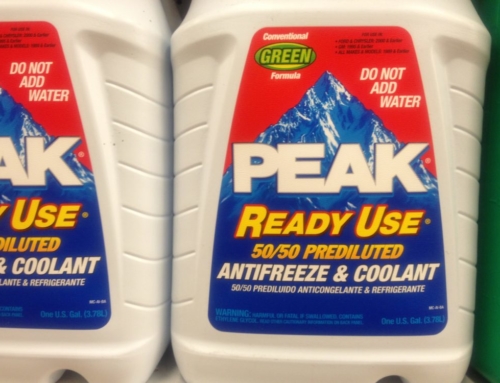If you have any reason to suspect your pet has ingested something toxic, please contact your veterinarian or one of the other resources listed:
• ASPCA Animal Poison Control Center 24-hour hotline at (888) 426-4435
• Pet Poison Helpline® 24-hour animal poison control service at (855) 764-7661
Fertilizers
Fertilizers are often used in the care of lawns, gardens, and indoor plants and in agriculture. The widespread use of these products in pets’ environments increases the likelihood of repeat exposure.
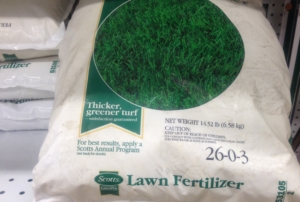
In general fertilizers present a low-level risk of fatality. Intoxication is often limited to gastrointestinal irritation. However, all incidences of exposure should be reported immediately. It is important to note that the addition of ingredients (iron, herbicides, pesticides, and fungicides) to fertilizer products can increase the risk of toxicity.
There is little concern of toxicity once the applied fertilizer has dried. However, ingestion of treated grass, crops, or plants may still cause gastrointestinal distress to animals. Keep animals away from treated environments until this drying has occurred.
Signs and symptoms of toxicity: Increased saliva production, vomiting, diarrhea, abdominal discomfort, loss of appetite and/or refusal to eat. Signs often occur within 2-10 hours of ingestion.
Toxic consumption: Seek help with any incident of ingestion, particularly with consumption of recently treated substances or if > 0.5 g/kg of body weight is ingested.
| X-Small Yorkie, Chihuahua |
Small Pug, Boston Terrier, Poodle |
Medium Beagle, Scottish Terrier |
Large Boxer, Cocker Spaniel |
X-Large Retriever, German Shepherd |
XX-Large Great Dane, St. Bernard |
| 1 – 10 lbs. (0.45 – 4.6 kg) |
11 – 25 lbs. (5 – 11.4 kg) |
26 – 40 lbs. (11.8 – 18.2 kg) |
41 – 70 lbs. (18.6 – 31.8 kg) |
71 – 90 lbs. (32.3 – 40.9 kg) |
91 – 110 lbs. (41.4 – 50 kg) |
 |
 |
 |
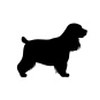 |
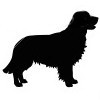 |
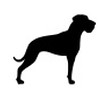 |
| > 0.2 g | > 2.4 g | > 5.5 g | > 9 g | > 16 g | > 20.5 g |
| Most Cats | Large Cats |
| 1 – 10 lbs. (0.45 – 4.6 kg) |
11 – 25 lbs. (5 – 11.4 kg) |
 |
 |
| > 0.2 g | > 2.4 g |
References:
– Albretsen JC. Fertilizers. In: Plumlee KH. Clinical Veterinary Toxicology. St Louis: Mosby, 2004; pp. 154-155.
– Osweiler, G, et al. (2011). Blackwell’s five-minute veterinary consult clinical companion. Small Animal Toxicology. [Kindle version]. Retrieved from Amazon.com
Pet Poison Control is provided free as a public service by the American College of Veterinary Pharmacists. Today we’re asking you to support us with a small donation. If you would like to dedicate your gift in honor or memory of a pet or individual, you will have that option before checkout. Your gift of any amount helps us maintain this resource and make it available to the pharmacy and veterinary communities. Thank you!

